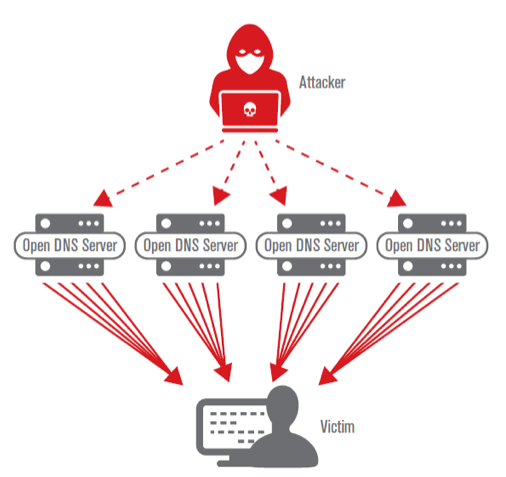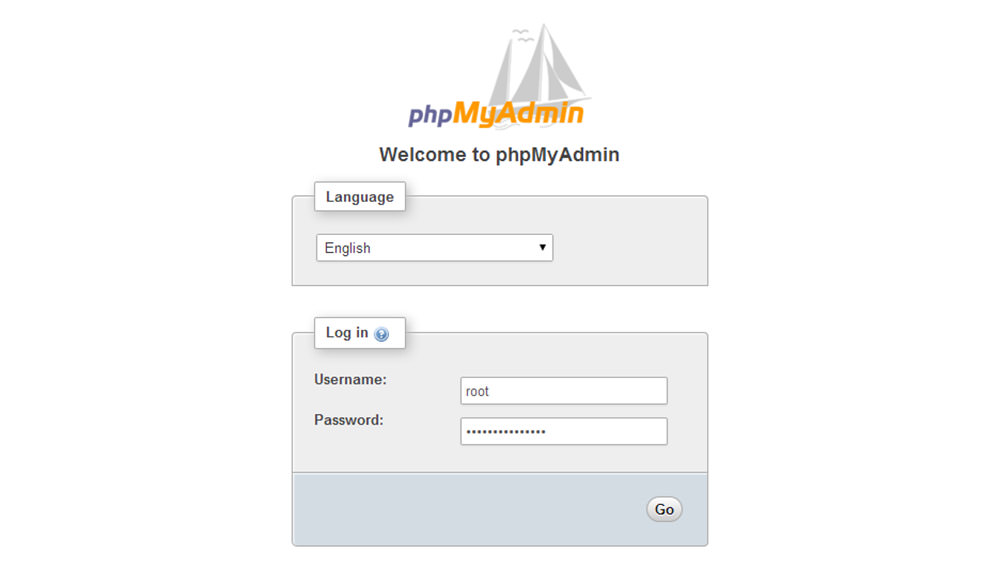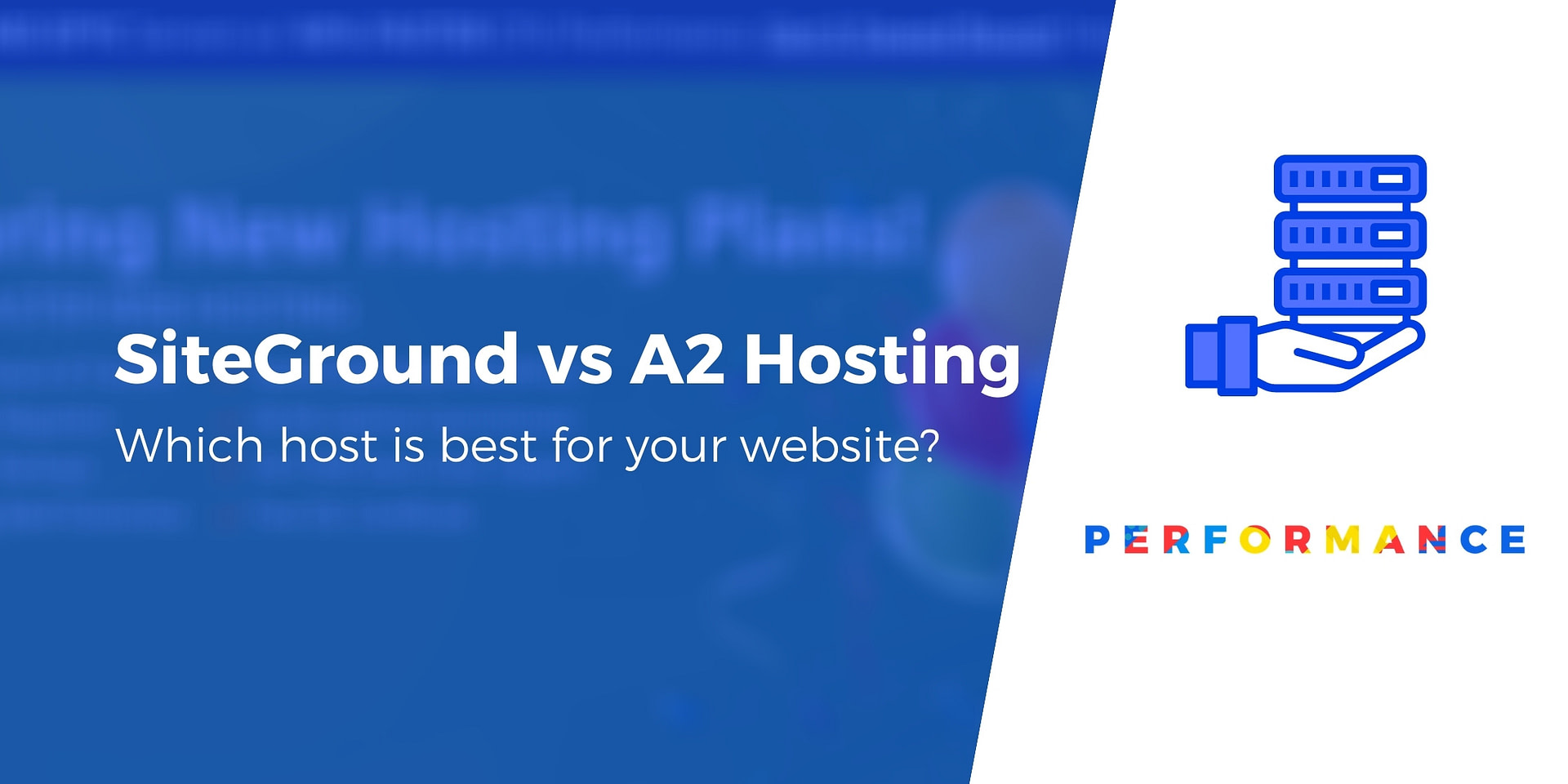
Node.js, a framework and language that allows you quickly to create web servers. It also helps you use server resources more efficiently, while still keeping your applications simple. It's an easy way to save on your infrastructure. Node.js is becoming more popular than Java because it's less expensive.
The most important thing to remember about Node.js is that it's not just for web apps. It is great for orchestration tasks. A web server is not required to deploy a Twitter Bot. However, it is important to ensure that your HTTP server is properly configured. This can be done by using the npm command. This will set up a proxy for your application and hook up any required services.
While JavaScript has been around for a while, it isn't as popular as some other scripting languages. There are several reasons, including its slowness as well as the lack of a type system. It's still a strong candidate for a different type of Web API. It is possible to share a lot of code between clients and servers without much hassle.

In the real world, a web server will typically take a request, handle it in a typical web page mode, and then return a simple HTML response. This process can take from a few moments to several minutes, depending on the quality and speed of the client hardware. You'll need some sort of web server to run fancy applications. Node is a good option.
Asynchronous programming is another strength of Node. Instead of wasting resources creating a new thread for each request, callback functions can be used to handle all user requests on one thread.
Node's event loop features are one of its best. The server will invoke a function when an event is detected. This will allow your code run. This function can be called manually or it can be called automatically. However, due to its asynchronous nature the function will only be called after you are finished.
Another feature you'll find is the ES6 loader. It will automatically load modules to your browsers module list. This is an important feature if Node is being used in a browser.

And finally, the libuv library makes nodejs async. With libuv you can create a web-based application server, REST API, or simple HTTP proxy. Libuv is an event-handling C++ library for Node. This is a big deal if you're working with a lot of clients and servers.
Although it might seem a bit overwhelming, you'll soon see why Node.js is gaining a lot of popularity. It can reduce infrastructure costs by up to 2000%. By taking advantage of its networking support and event-handling capabilities, you can be more productive on the front and back ends of your web applications.
FAQ
Is web development hard?
Although web development isn't easy, there are many resources online that will help you get started.
All you have to do is find the right tools and then follow them step-by-step.
YouTube and other platforms have many tutorials. You can also access free online software like Sublime Text, Notepad++, and others.
Books can also be found in libraries and bookstores. Some of the most sought-after books are:
O'Reilly Media's "HeadFirst HTML & CSS"
"Head First PHP & MySQL 5th Edition" by O'Reilly Media
Packt Publishing, "PHP Programming For Absolute Beginners",
I hope you find this article helpful!
Do I need a portfolio to get hired as a web designer?
Yes. A portfolio is essential when landing a web designer or developer job. Portfolios must showcase your skills and experiences.
Portfolios usually include samples of past projects. These could be any project that showcases your talents. Your portfolio should include everything: wireframes and mockups as well as logos, brochures, websites, apps, and even logos.
WordPress is a CMS.
Yes. It's a Content Management System (CMS). CMS allows you to manage the content of your website from within a web browser, instead of using applications like Dreamweaver and Frontpage.
WordPress is completely free! Hosting is included in the price, but you don't need to pay anything else.
WordPress was originally created to be a blogging platform. But WordPress now offers many more options, such as eCommerce sites or forums, membership websites and portfolios.
WordPress is simple and easy to install. The installation file must be downloaded from the website and uploaded to your server. Next, simply go to your domain name via your web browser and log into your new site.
After installing WordPress, you'll need to register for a username and password. Once you've logged in, you'll see a dashboard where you can access all of your settings.
From this page, you can add images, pages, posts, menus or widgets to your website. If editing and creating new content is easier for you, skip this step.
But if you'd rather work with someone, you can hire a professional website designer to handle everything.
Are there any technical skills required to design and build my site?
No. All you need to understand HTML and CSS. Tutorials that teach HTML and CSS can be easily found online.
How to design your website?
It is important to first understand your customers and what your website should do for them. What do they look for on your site?
What other problems could they face if they can't find the information they need on your website?
After you have this information, you need to find out how to solve the problem. It is also important to ensure your site looks great. It should be easy-to-use and navigate.
You should have a well-designed website. It shouldn't take too much time for it to load. If it does take too long, people won't stay as long as they would like to. They'll move elsewhere.
You need to consider where your products are located when you build an eCommerce website. Are they all in one location? Are they spread around your site?
It's important to decide if you want to sell just one product or multiple products. Are you interested in selling one type of product? Or multiple types?
Once you have answered these questions, you can begin building your site.
Now you need to worry about the technical side of things. How will your website work? Is your site fast enough to be useful? Is it possible to access the information quickly using a computer?
Can people buy things without having to pay more? Will they have to register with your company before they can buy something?
These are vital questions you need to ask. Once you know the answers to these questions, you'll be ready to move forward.
How Much Does It Cost To Create An Ecommerce Website?
It depends on which platform you choose, and whether the freelancer is employed directly or through a service provider. eCommerce sites typically start at around $1,000.
However, once you decide on a platform, you can expect to pay anywhere between $500 and $10,000.
You won't spend more than $5,000 if you are using a template. This includes any customizations that you might need to suit your brand.
Can I create my own website with HTML & CSS?
Yes! You should be able to create a website if you have been following the instructions.
Now that you know how to create the structure of a website, you'll also need to learn some HTML and CSS coding.
HTML stands for HyperText Markup Language. It's like creating a recipe for a dish. It would list the ingredients, directions, and how to do it. HTML also tells a computer what parts of text should be bolded, underlined or italicized. It is the language of documents.
CSS stands to represent Cascading Stylesheets. It is like a stylesheet that you use to create recipes. Instead of listing every ingredient and instructions, you create general rules about font sizes, colors, spacing and other details.
HTML tells the browser how to format a web page; CSS tells it how to do it.
You don't have to be a prodigy if you don’t get the terms. Follow these tutorials to create beautiful websites.
Statistics
- It's estimated that in 2022, over 2.14 billion people will purchase goods and services online. (wix.com)
- In fact, according to Color Matters, a signature color can boost brand recognition by 80%. There's a lot of psychology behind people's perception of color, so it's important to understand how it's used with your industry. (websitebuilderexpert.com)
- Studies show that 77% of satisfied customers will recommend your business or service to a friend after having a positive experience. (wix.com)
- It enables you to sell your music directly on your website and keep 100% of the profits. (wix.com)
- Did you know videos can boost organic search traffic to your website by 157%? (wix.com)
External Links
How To
What is website Hosting?
Website hosting is the location where people go when they visit websites. There are two types.
-
Shared hosting is the cheapest. Your website files reside on a server owned by someone else. Your customers' requests travel via the Internet to your server when they visit your site. The owner of the server then hands off the request to you.
-
Dedicated hosting: This is the most costly option. Your website will reside on a single server. No other websites share space on the server, so your traffic stays private.
Shared hosting is cheaper than dedicated hosting for most businesses. The company hosting the server will provide the resources necessary to manage your website.
However, both have their advantages and disadvantages. Here are the main differences between them:
The pros of shared hosting:
-
Lower Cost
-
Simple to Setup
-
Frequent Updates
-
It can be found at many web hosting providers
Shared hosting is often as cheap as $10 per month. Keep in mind, however, that bandwidth is usually included in the price. Bandwidth refers the data that you can transfer over the Internet. So even if you only upload photos to your blog, you may still pay extra money for high amounts of data transferred through your account.
You'll soon realize why your old host cost so much once you get started. Most shared hosts don't offer any customer support. You'll be on your way after they walk you through setting it up.
Providers that offer 24-hour customer support are worth looking into. They will take care of any issues while you sleep.
Dedicated Hosting Cons:
-
More Expensive
-
Less common
-
You will need to have special skills
With dedicated hosting, you get everything you need to run your website. You won't have worry about whether your website is using enough bandwidth, or whether it has enough RAM (random-access memory).
This means you will need to spend more upfront. But once your online business starts, you'll realize you don't need any technical assistance. You'll quickly become an expert at managing your server.
Which is better for my business?
The answer depends on what kind of website you want to create. If you only want to sell products, then shared hosting might be the best choice. It's simple to set it up and keep it updated. Because you share a server, you will most likely receive frequent updates.
However, dedicated hosting is the way to go if you want to build a community around your brand. Instead of worrying about traffic, you can concentrate on building your brand.
If you're looking for a web host that offers both options, we recommend Bluehost.com. They offer unlimited monthly data transfers, 24/7 support, free domain name registration, and a 30-day money-back guarantee.